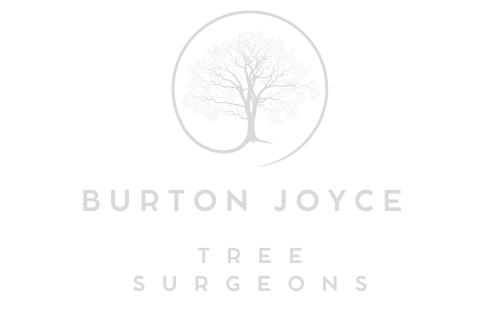Tree Crown Reduction: Restoring Trees After Damage
Tree Crown Reduction: Restoring Trees After Damage
Introduction: Trees are resilient organisms that can withstand various environmental stresses, but they are not immune to damage from storms, pests, diseases, or human activities. Trees sustaining damage to their crowns can compromise their health, stability, and aesthetic appeal. Tree crown reduction is a specialised pruning technique that restores trees after damage by selectively removing branches and reshaping the canopy. In this blog post, presented by Burton Joyce Tree Surgeons, we’ll explore how crown reduction can help restore trees after damage and promote their recovery.
1. Assessing Damage
Before initiating crown reduction, it is essential to assess the extent and type of damage the tree has sustained. Common types of damage include broken or split branches, torn bark, leaning trunks, and canopy defoliation. Arborists trained in tree assessment can evaluate the severity of the damage and determine the best course of action to restore the tree’s health and structural integrity. In some cases, crown reduction may be necessary to remove damaged branches and promote new growth.
2. Selective Pruning
Crown reduction involves selectively pruning branches to reduce the overall size and weight of the canopy while maintaining the tree’s natural shape and form. When restoring trees after damage, arborists prioritise the removal of damaged, dead, or diseased branches to prevent further decay and promote healing. By selectively pruning branches, crown reduction helps redistribute resources to healthier parts of the tree, stimulating new growth and enhancing recovery.
3. Promoting New Growth
After crown reduction, trees can often redirect resources towards producing new foliage and branches. This process helps fill in gaps in the canopy left by removed branches and promotes the development of a healthier, more balanced crown. With proper care and maintenance, trees can recover from damage and regain their vitality over time. Regular monitoring by qualified arborists can ensure that the tree’s recovery progress is on track and address any additional issues that may arise.
4. Enhancing Structural Integrity
Damaged trees are often structurally compromised, making them more susceptible to further damage or failure. Crown reduction helps restore the tree’s structural integrity by removing weak or overextended branches and reducing the risk of future hazards. By selectively pruning branches and reshaping the canopy, crown reduction strengthens the tree’s structure and improves its ability to withstand environmental stresses such as wind, snow, and ice.
5. Aesthetic Improvement
In addition to promoting tree health and stability, crown reduction can enhance damaged trees’ aesthetic appeal. By reshaping the canopy and removing unsightly or damaged branches, crown reduction improves the tree’s overall appearance and restores its natural beauty. Properly restored trees complement the surrounding landscape and create a more visually appealing environment.
Conclusion: Tree crown reduction is an effective technique for restoring trees after damage and promoting their recovery. By selectively pruning branches, promoting new growth, enhancing structural integrity, and improving aesthetics, crown reduction helps damaged trees regain health, stability, and vitality.
Call us on: 0115 647 1164
Click here to find out more about Burton Joyce Tree Surgeons
Click here to complete our contact form and see how we can help with your tree’s needs.

